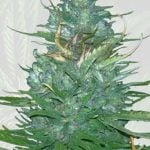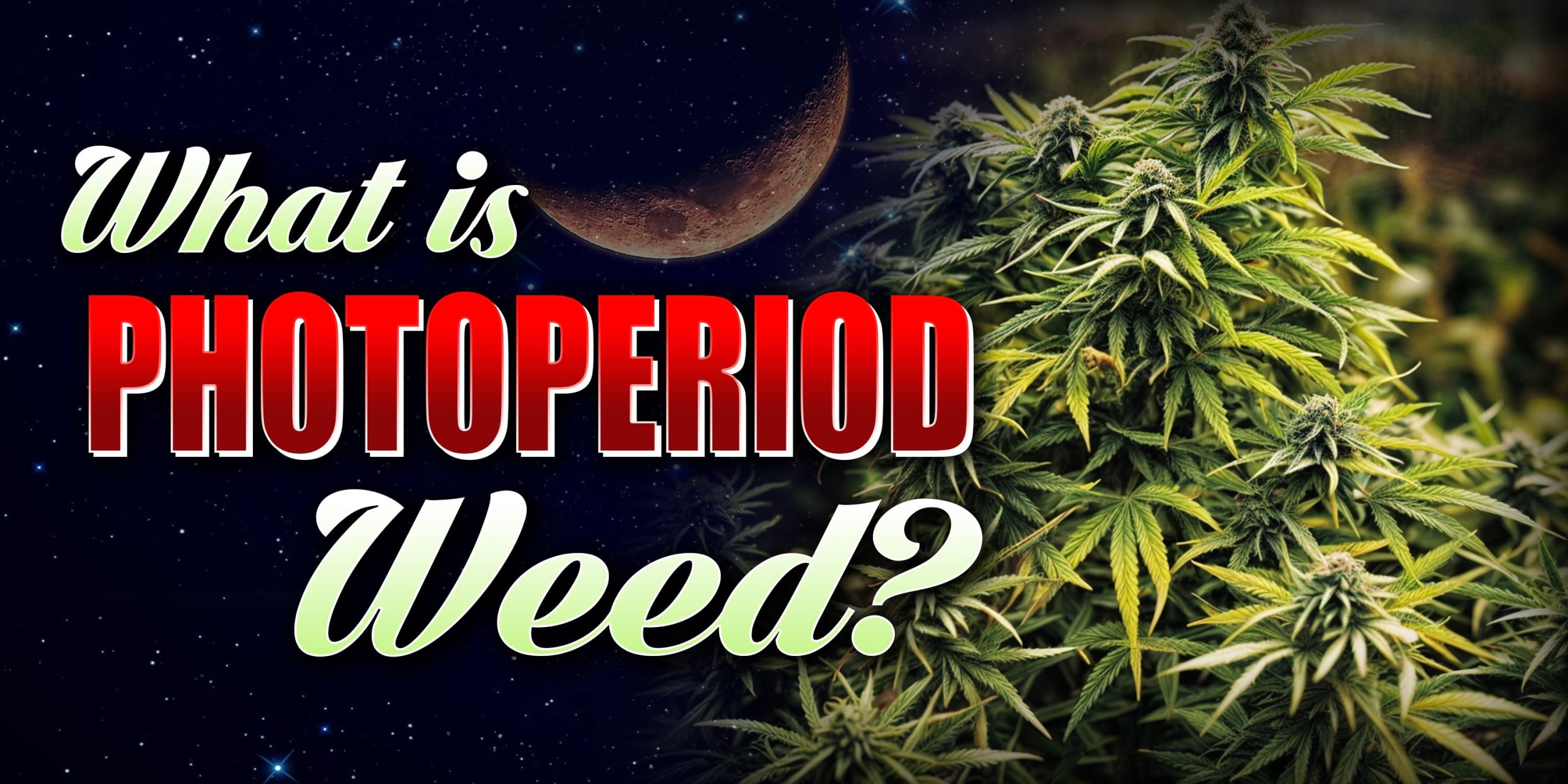



Photoperiod-sensitive cannabis strains have been cultivated for millennia, offering unparalleled rewards to skilled growers. Despite the rise of autoflowering hybrids and advancements in indoor cultivation technology, the allure of growing photoperiod strains outdoors persists. In this guide, we delve deep into the intricacies of outdoor cultivation, equipping you with the knowledge to maximize your harvest.
Photoperiod refers to the duration of light and darkness in a 24-hour cycle. Cannabis strains sensitive to photoperiod transition into flowering when exposed to specific light conditions. For indoor cultivation, the standard 12-12 light-dark cycle induces flowering, while outdoor strains typically initiate flowering as daylight hours decrease below 15.
Unlike autoflowering varieties, photoperiod cannabis allows for extended vegetative growth, enabling growers to optimize plant size and yield potential. Indica-dominant strains like Northern Light often have shorter flowering periods compared to sativas, with hybrids offering a balance between the two.
Photoperiod cannabis relies on uninterrupted periods of darkness to initiate and sustain flowering. Even minimal exposure to artificial light sources during the dark cycle can disrupt the flowering process, leading to reduced yields, hermaphroditism, or delayed flowering.
Understanding the annual growth cycle of cannabis is crucial for successful outdoor cultivation. Planting timing, vegetative growth, and flowering stages are influenced by environmental factors such as sunlight duration and temperature variations.
Choosing an optimal growing location involves assessing regional climate patterns, sunlight availability, and potential obstacles that may obstruct light exposure.
Utilize online resources to analyze historical sunrise-sunset data, enabling precise planning of planting and harvesting schedules based on sunlight duration.
Regular monitoring of weather forecasts and historical data aids in anticipating temperature fluctuations and adverse weather events, ensuring optimal growing conditions throughout the season.
Conduct thorough site inspections to identify potential hazards, ensure adequate sunlight exposure, and implement security measures to safeguard plants from pests and intruders.
Tailoring seed selection to local microclimates enhances plant resilience and productivity, maximizing yield potential and quality.
Stay vigilant against climate change-induced risks such as extreme weather events, adapting cultivation practices to mitigate potential disruptions to outdoor cannabis production.
Explore a curated selection of outdoor photoperiod strains tailored to diverse preferences and growing environments:
In conclusion, mastering outdoor cultivation of photoperiod cannabis requires meticulous planning, environmental awareness, and strategic execution. By leveraging the insights and strategies outlined in this comprehensive guide, growers can optimize yield, potency, and quality, ensuring a bountiful harvest of premium cannabis buds.
Q: Can I grow photoperiod cannabis indoors?
A: Yes, photoperiod cannabis can be grown indoors using controlled lighting schedules to trigger flowering.
Q: What should I do if my outdoor cannabis plants are affected by light pollution?
A: To avoid light pollution, choose a growing location away from artificial light sources or use light-proofing measures such as blackout tarps or blinds.
Q: Are photoperiod cannabis strains more potent than autoflowering varieties?
A: Generally, photoperiod strains tend to be more potent due to their ability to undergo extended vegetative growth, allowing for higher cannabinoid production.
Q: How can I ensure successful outdoor cultivation in changing climates?
A: Stay informed about local weather patterns, monitor temperature fluctuations, and adapt cultivation practices accordingly to mitigate climate change impacts.
Q: Can I grow photoperiod cannabis in cooler northern climates?
A: Yes, selecting hardy strains suited to cooler climates and utilizing hybrid indoor-outdoor growing methods can enable successful cultivation in northern regions.



Best Selling
Feminized Seeds
Regular Seeds
Customer Help
Contact Us
WE SELL MARIJUANA SEEDS IN THE USA

Are You 18 Or Over?
YesOr
No By clicking yes, you certify that you are over 18. By using this website, you agree to our legal disclaimer.